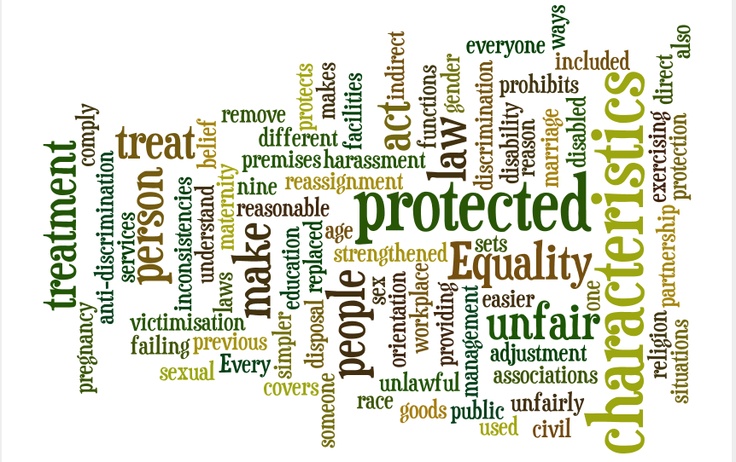In today’s increasingly competitive and globalized world, the issue of educational equalities has become more significant than ever. Worldwide, governments, educators, and concerned individuals are actively seeking innovative solutions to address disparities in education. By tackling the root causes of these inequalities and raising the stakes for all students, we can foster a more inclusive and prosperous society.
1.Acknowledging the Problem of Inequality in Education
The first step towards addressing educational inequalities is acknowledging the challenges and discrepancies that exist between various student populations. Across the globe, children from disadvantaged socio-economic backgrounds often lack access to quality education and resources. This educational gap perpetuates a cycle of poverty and contributes to social unrest and economic instability.
Understanding the nuances behind these disparities – from lack of qualified teachers to inadequate learning environments – enables policymakers, educators, and communities to make informed decisions when allocating resources or implementing new programs.
2.Implementing Targeted Programs to Bridge the Gap
Governments, non-profit organizations, and educational institutions should implement targeted programs that address specific inequalities within their respective systems. These may include after-school tutoring programs for students from low-income families or additional allocation of funding to schools in underserved areas.
These initiatives should focus on both improving access to quality education for all students and offering tailored support for those facing particular challenges or disadvantages.
3.Encouraging Community Involvement
Community engagement is a crucial aspect of fostering educational equality. Local governments, schools, businesses, and nonprofits should collaborate in order to identify existing barriers to education within their communities and create comprehensive plans to eliminate these obstacles.
Through this partnership approach, stakeholders can develop culturally responsive curricula that cater to diverse learners while fostering awareness about both local and global educational inequalities.
4.Investing in Teacher Training and Professional Development
Teachers play a critical role in shaping students’ educational experiences. By investing in teacher training and professional development programs that focus on inclusive pedagogies, schools can better equip educators to address the diverse needs of their students.
Additionally, governments and educational institutions should recognize and reward teachers who demonstrate exceptional commitment to reducing inequality within their classrooms.
5.Monitoring Progress and Adjusting Strategies
Measuring the impact of efforts to mitigate educational disparities is essential to ensure their effectiveness. Governments, school boards, and other education stakeholders should consistently evaluate and analyze data relating to student performance and educational access. This information can then be used to identify gaps, inefficiencies, and areas for improvement.
In conclusion, raising the stakes in the fight for educational equality requires a multifaceted approach that acknowledges the underlying problems, addresses specific inequalities through targeted programs, encourages community involvement, invests in quality teaching, and monitors progress. By taking these steps, we can work towards closing the gap between disadvantaged students and their peers globally, fostering a more equitable and prosperous society for all.





